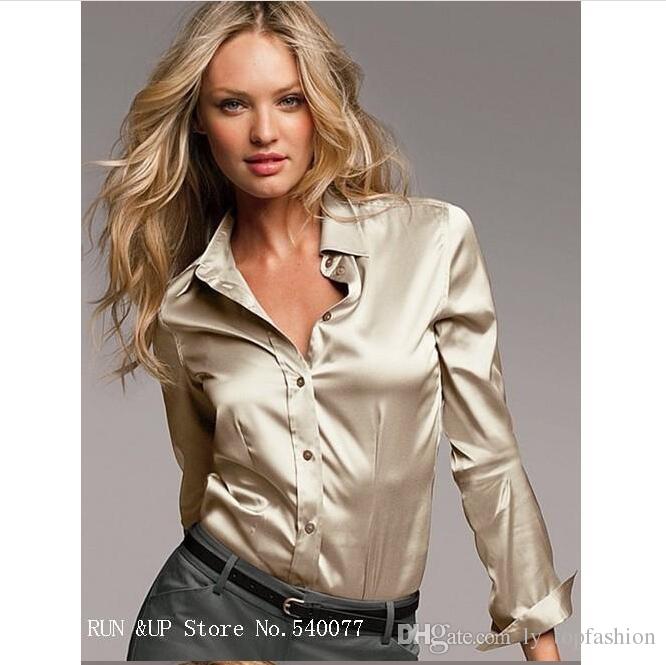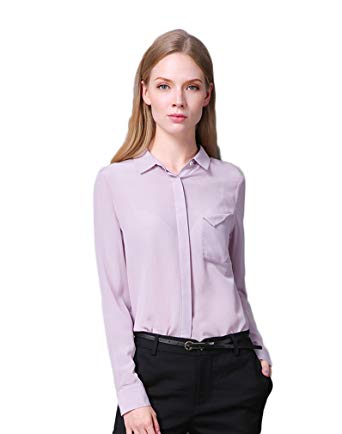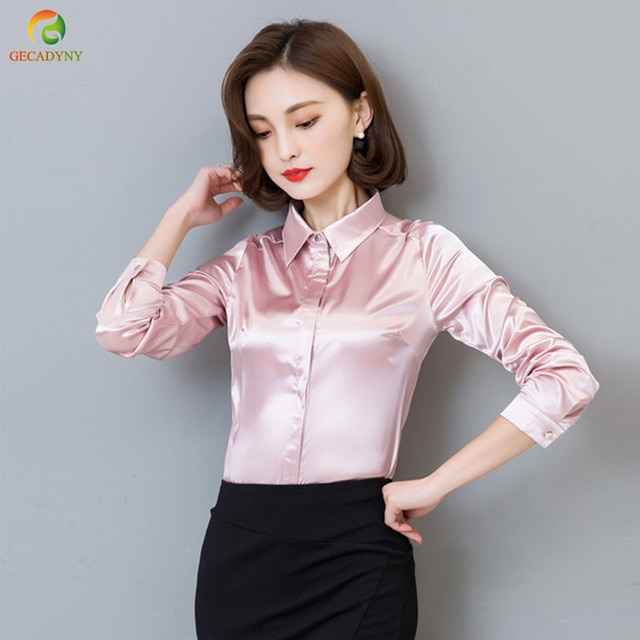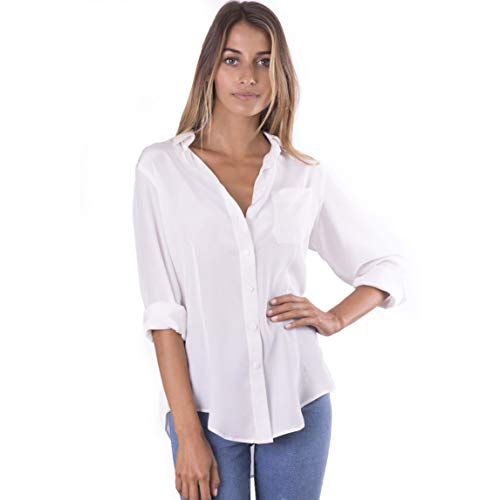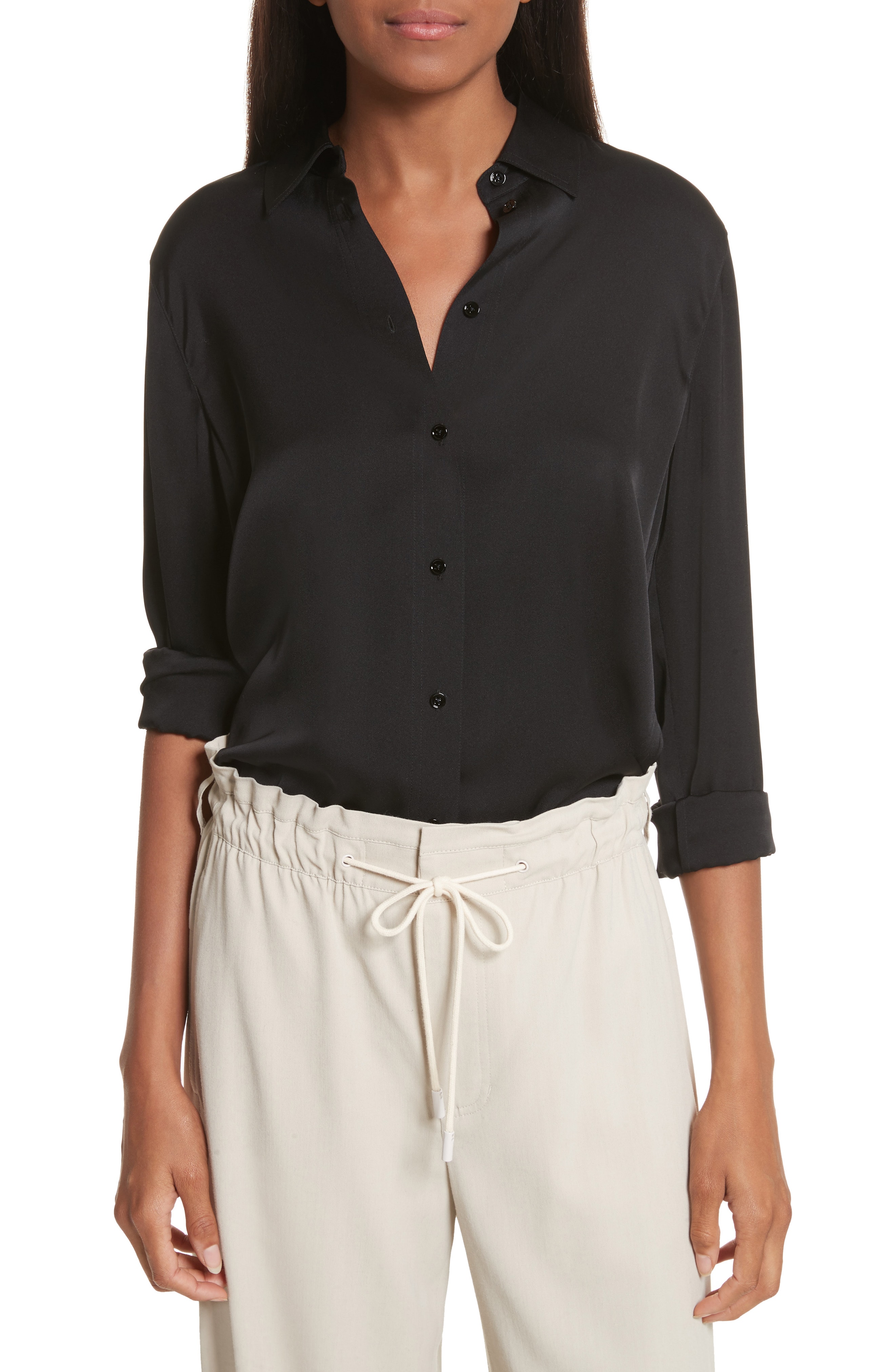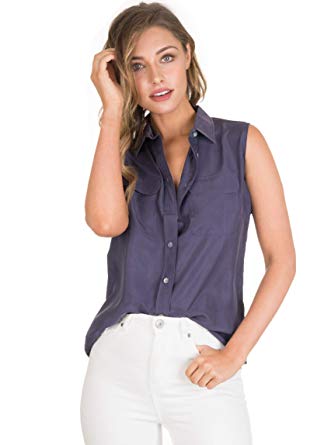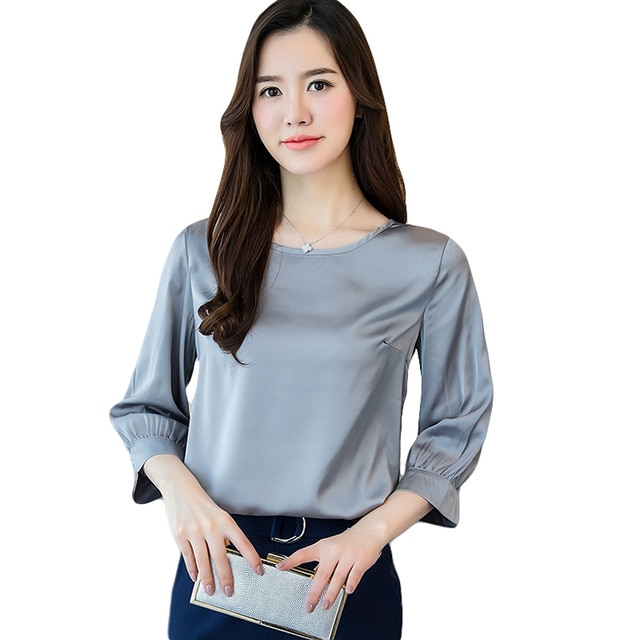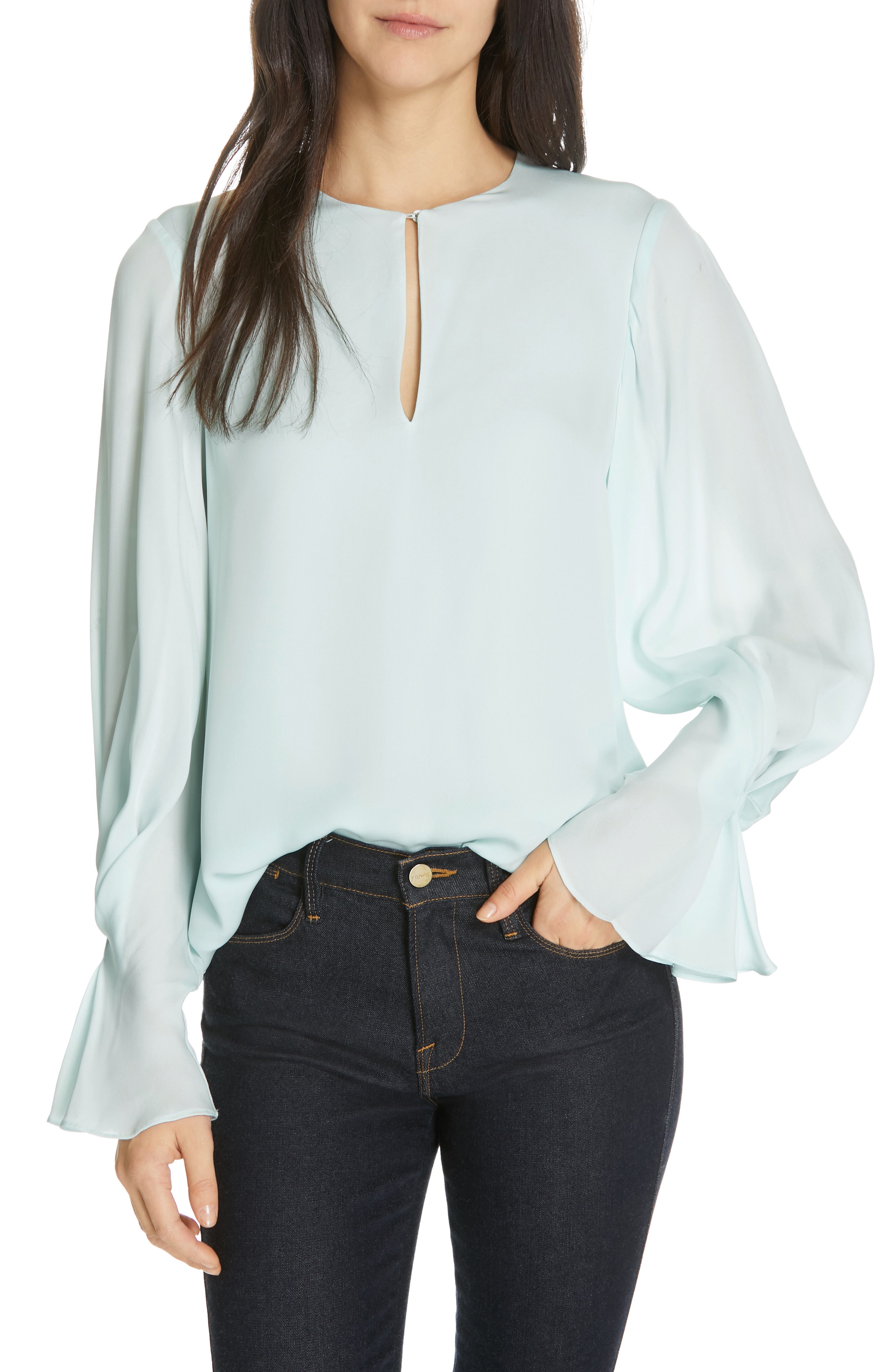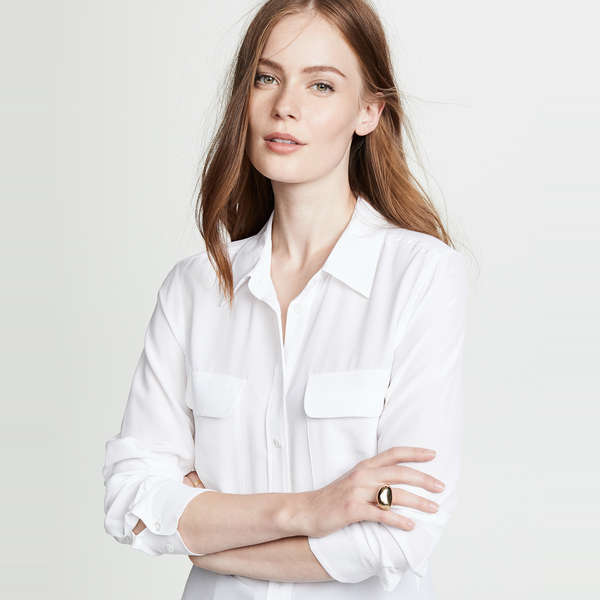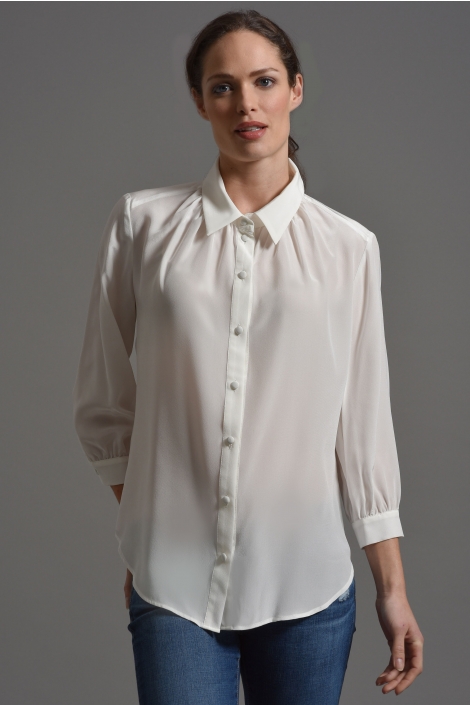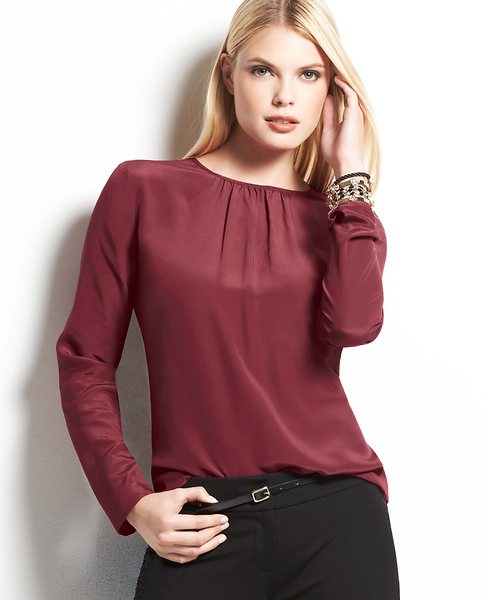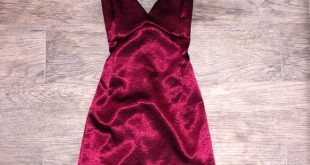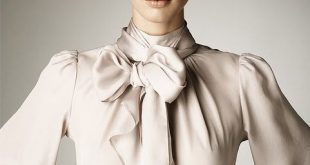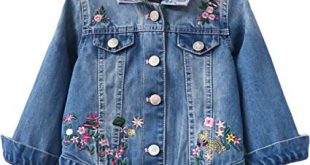For centuries, silk has been one of the most sought-after materials from which to make clothing. Since once the Empire of China had the only monopoly on the silk industry, there was a separate itinerary, which followed the so-called Silk Road from West to East, to get the coveted commodity. The wearing comfort about a high-quality silk blouse nothing has changed to this day. Because a big advantage of silk is that it is insulating against both cold and heat. It thus has both a cooling and warming effect. A silk blouse is offered in the fashion world in completely different cuts, colors and shapes. For example, a classic silk blouse by Gerry Weber is one of the basics in every wardrobe, while funky, trendy highlights can be set with a silk blouse by Eterna or Mexx. But no matter which style the wearer chooses, one thing she can be sure of is that the flowing, natural fabric will caress her body.
The majority of the fibers for a pure silk blouse comes from the cocoons of the silkworm of the same name. It is a unique infinite fiber that the silk spinner weaves for wrapping its cocoons. Up to 300,000 turns are made here, and to get one kilo of pure silk, it takes about 3,000 such dolls. Before the silk can be harvested, the larva must be killed before hatching. Only when collecting wild silk is this procedure dispensed with and the cocoons of already hatched larvae are collected. By hatching, however, the thread is torn at several points, which in turn makes the quality suffer because it is no longer completely smooth and even. For the production of a silk blouse in particular, the colors play an important role, because hardly a substance produces colors more radiant than the silk. But it can just as easily fade if it is exposed to the sun permanently. A silk blouse should therefore never hang in the sun to dry.
